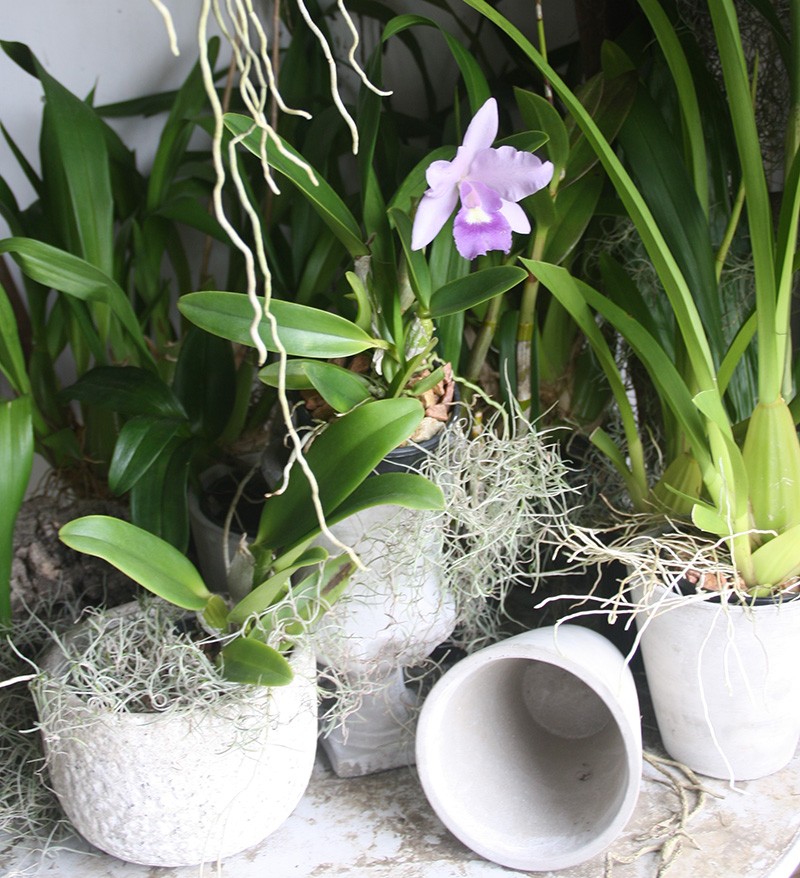Have you mastered watering your indoor plants?
Mastering how to water indoor plants correctly is one of the most important skills in indoor plant care.
As we all know only too well most indoor plant fatalities occur due to drowning!
What most of us do not realise is that a plant’s root system needs air, oxygen to survive.
When we apply too much water it suffocates the plant's root system, if too little water is added it causes erratic and stunted growth.
How often you water will depend on the conditions under which the plants are growing consider the following before watering:
First and foremost make sure the container your plant is in has drainage holes at the bottom, to avoid damp that causes root rot!
Get to know your plant’s requirement: As not all plants have the same water and light preference requirements. This information is usually included on the plant label. For example, a croton plant, which prefers high light, will likely need more frequent watering compared with a succulent plant such as a cactus. Both have similar light needs but different water requirements.
Plant size: Larger plants need more water compared to smaller plants.
Container volume: If the growing container is too small, watering may be required more frequently.
Soil moisture: The type of growing medium will also affect your watering frequency as some soils hold moisture well while others dry out quickly
Light intensity: Plants under high light transpire more water compared with plants under low light.
Use a good quality potting mix: Do not use garden soil, in pots. Potting mix is light in weight, has good airflow and great drainage. If you use garden soil in a pot it will be incredibly heavy and will not drain very well.
How do you know when to water?
Do the finger test, by pushing your finger into the potting mix, down to your knuckle!
Then:
· If the mix is wet, do not water.
· If it is damp, do not water.
· If it is a tiny bit moist and your plant is a big drinker like some ferns, water it.
· If your plant is an average to low drinker like a succulent, do not water it.
· If the mix is dry as a bone, water!
Now you know when to water, how do you know how much?
A big soaking is best.
When you water, make sure you saturate the entire potting mix, not just a little bit on top. Soak your plant regularly, but then let it dry out completely before watering again.
Blossom Indulgence Florist & Garden Plants Atherton - Useful Indoor Watering Tips:
Mulch: Use pebbles as a soil topping to retain moisture longer. Apply a decorative layer of pebbles above the soil to slow down evaporation.
Self-watering pots: Self-watering pots are most useful and timesaving. No more over-watering or under-watering, the plant does it all for itself. You just need to refill the water reservoir before it is empty.
Should the potting medium dry out it is easily corrected with a good soaking: Soak the plant pots in a large container and let them absorb water for a couple of hours. Let them drip dry before placing them back.
Do not leave water in the saucer of the pot: After watering your plant tip out excess water in the saucer. This will stop your plant from drowning.
